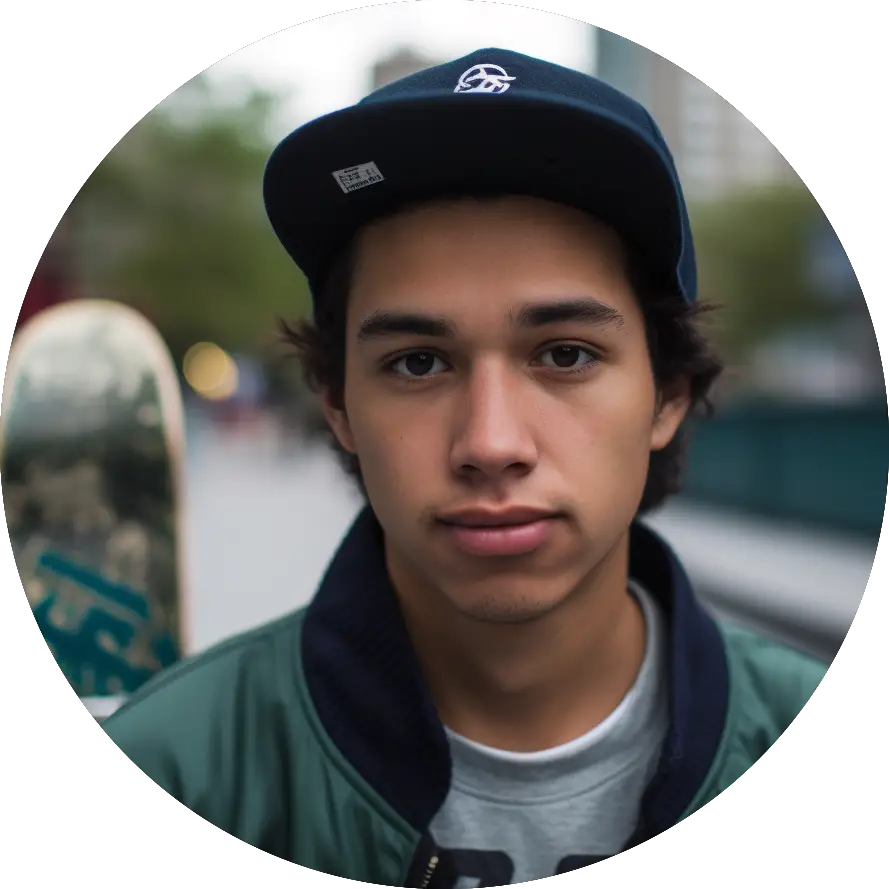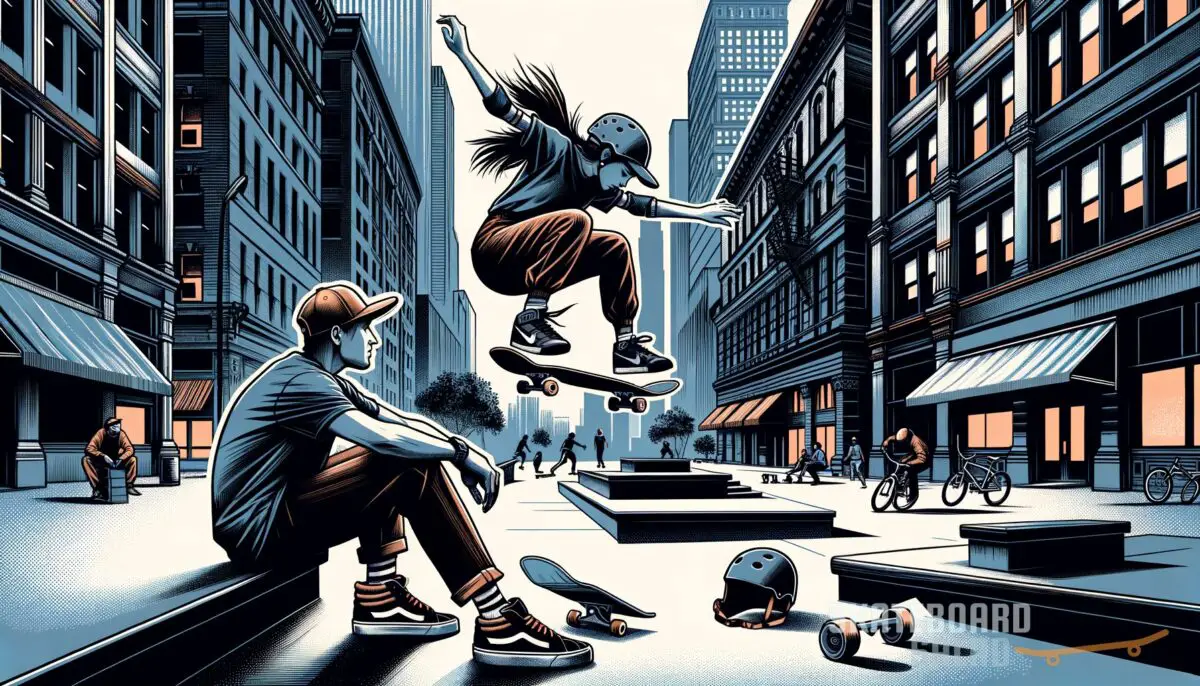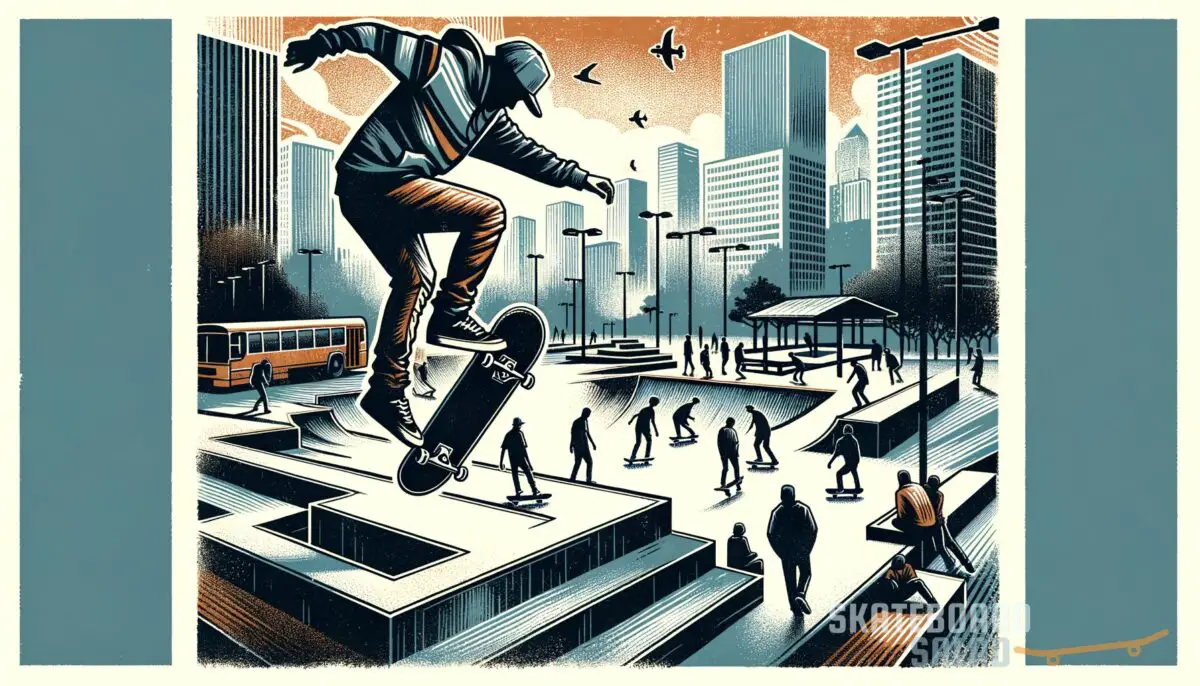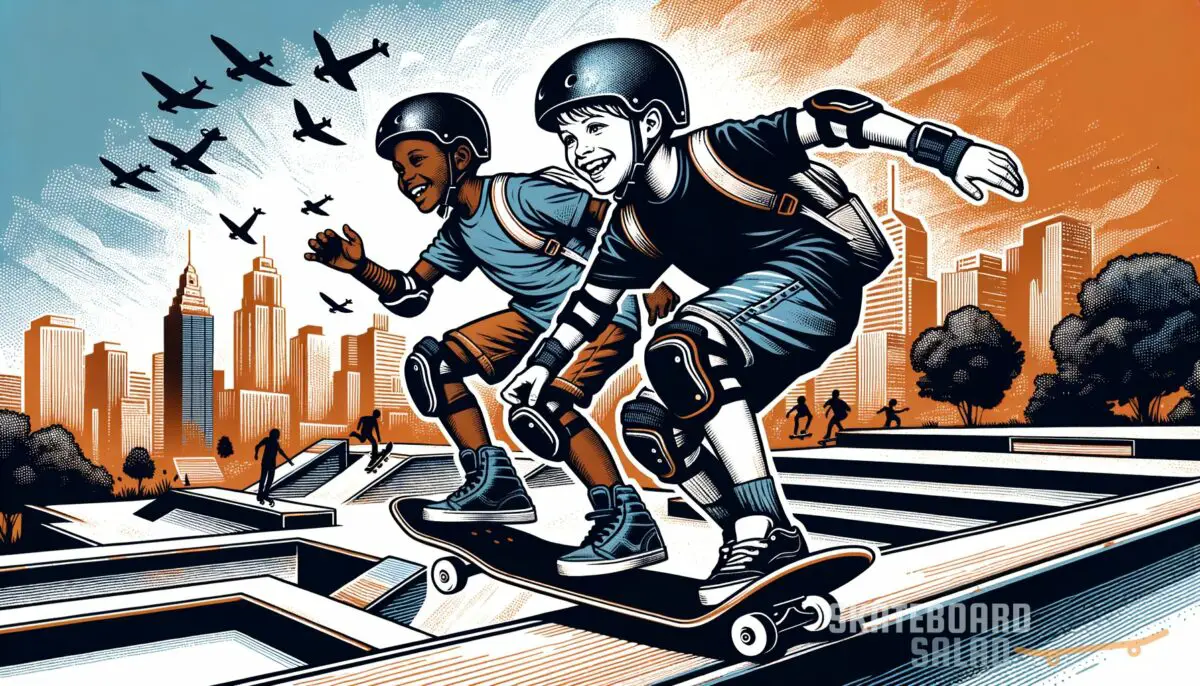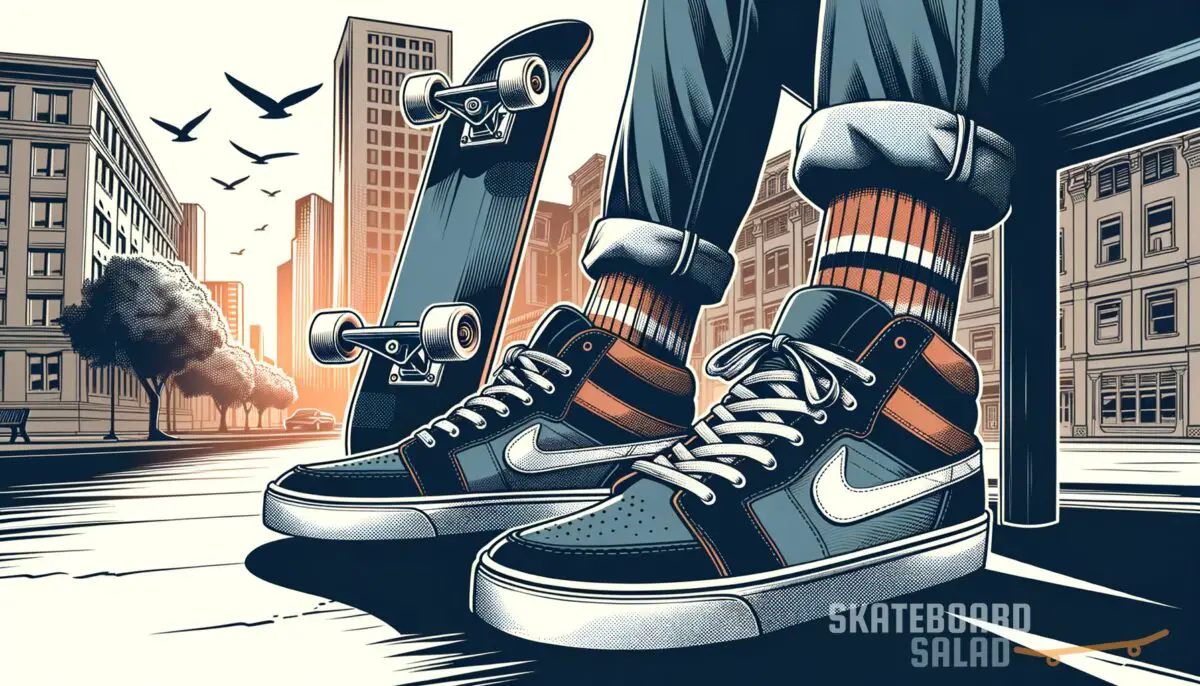Skateboarding is all about style, and bowl skating is one of the most iconic styles. But what exactly is bowl skating? Well, it’s all about skating in bowls, but there’s a lot more to it than that. Bowl skating is deeply rooted in skateboarding’s history, from illegal pool skating to constructing purpose-built bowls and ramps. In this article, we’ll dive into the world of bowl skating. Let’s dive in!
What Is a Bowl? A “skateboarding bowl” (or simply “skate bowl”) is a type of skateboard ramp. It’s similar in shape to a swimming pool or bowl, with curved walls that transition smoothly from the flat bottom to the top edge. These curved walls allow skateboarders to ride around the bowl’s perimeter, performing tricks and maneuvers. Skate bowls can be found in many skateparks around the world.
What makes a bowl unique?
Skateboard bowls offer more than just curves for riders; their designs, materials, and histories are deeply rooted in skateboarding culture and innovation. Explore the nuances that differentiate one skateboard bowl from another and the gravity-defying narratives they inspire.
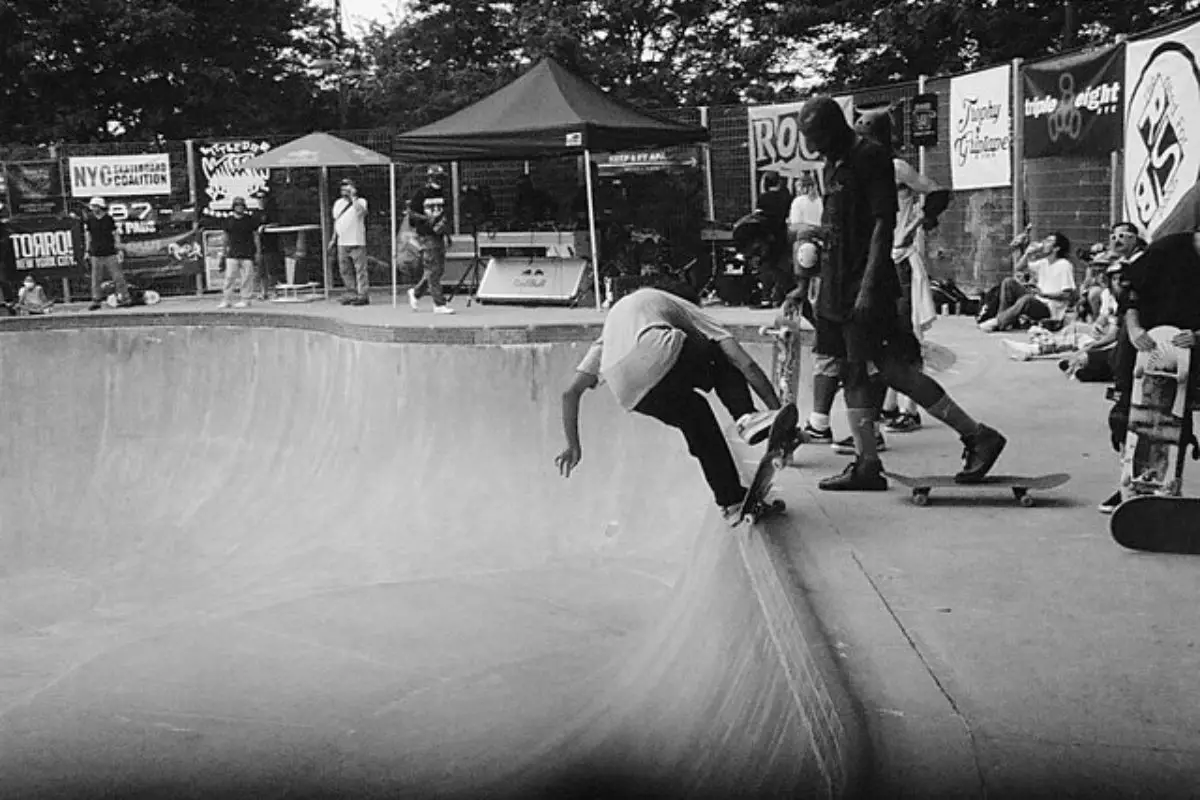
- Curved shape: Unlike traditional ramps or flat surfaces, bowls have a concave shape that mimics the curves of a pool. This gives skaters dynamic and challenging terrain to ride on.
- Transition and coping: Bowls feature a transition section, the curved area leading up to the flat bottom. This transition allows skaters to maintain speed and flow as they ride through the bowl. The coping, a metal or plastic edge that lines the top of the bowl, provides a solid surface for tricks and grinds.
- Variable features: Every bowl is different, with its unique characteristics. Some bowls have deep ends and shallow pockets, while others have steep walls or complex shapes. Skaters can get creative and find each bowl’s best lines and tricks.
Enjoi Whitey Panda Complete Skateboard

Enjoi Whitey Panda Complete Skateboard
What is bowl skating?
In its simplest form, bowl skating is about skating in bowls (pools). But it’s also about the culture and history of skateboarding. Bowl skating originated in the backyard pool skating of the Dogtown era, where skaters would sneak into empty pools and ride the curved walls. Over time, skaters started building their bowls, vert ramps, and transition ramps, giving birth to a whole new style of skating.
To fully understand bowl skating, it’s important to differentiate it from vert and transition skating, which are often used interchangeably but have distinct characteristics. Vert skating is a type of skating performed on a vertical ramp with a completely vertical wall at the top. Transition skating, on the other hand, encompasses any type of skating with a curved transition between flat and vertical surfaces.
While vert ramps are restricted to a halfpipe-like structure, transitions can be found in various obstacles, including bowls. So, while transition is a crucial element of bowl skating, bowl skating itself is a unique style that incorporates the dynamics and challenges of riding in a bowl.
How do you skate a bowl?
- Pump and carve: Rather than relying on pushing with your foot, bowl skating requires pumping and carving. Skaters generate speed by using their body movements to gain momentum, and they navigate the bowl by carving back and forth along the transition.
- Mastering the drop-in: The drop-in is a fundamental skill in bowl skating. It involves rolling from the deck of the bowl and smoothly transitioning onto the curved wall. Learning to drop in correctly is crucial for gaining confidence and maintaining control while skating bowls.
- Finding your lines: Each bowl has its lines and potential tricks. Skaters aim to link a sequence of tricks and turns while maintaining speed and flow. Experimenting with different lines and approaches will help you discover your style and favorite skating lines.
- Handling transitions: Transitions can be challenging for beginners, as they involve shifting your weight and adjusting your balance when traversing from the flat bottom to the curved transition. Practice riding the transitions smoothly and fluidly to maintain speed and control.
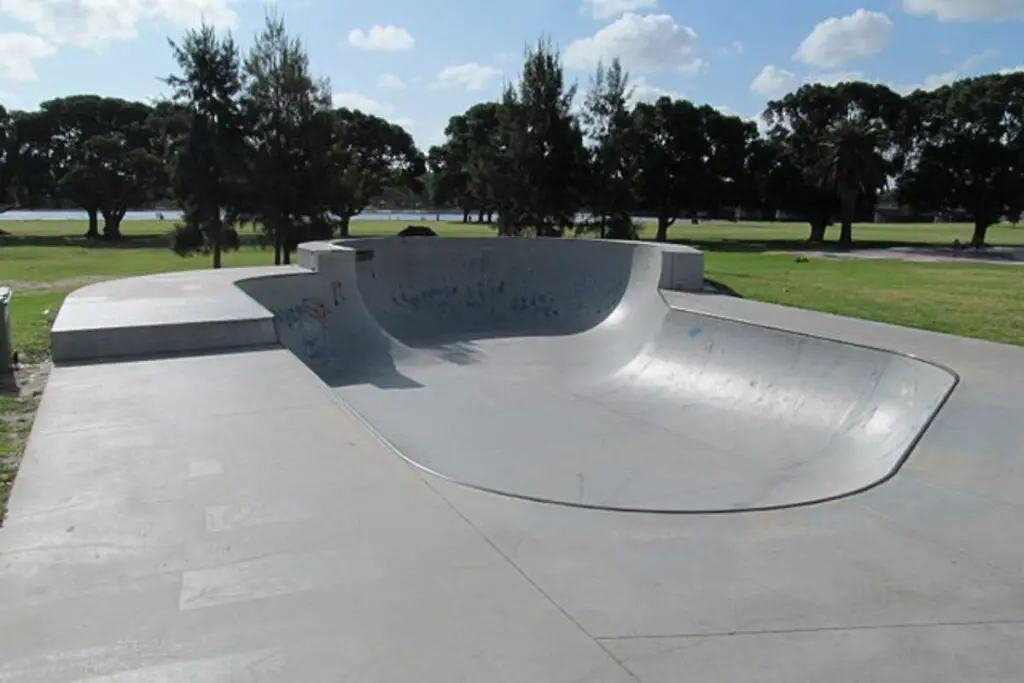
How does bowl skating differ from other styles?
- Vert skating: Vert skating is characterized by riding completely vertical surfaces like halfpipes. While bowls contain transitions, allowing skaters to move from the flat bottom to the curved walls, vert ramps focus on vertical walls and require different skills and techniques.
- Street skating: Street skating occurs in urban environments, utilizing stairs, rails, ledges, and other obstacles in public spaces. It focuses on technical tricks and maneuvering through real-world objects, whereas bowl skating is more about riding a bowl’s natural curves and transitions. Learn more about different skateboard tricks here.
As a non-expert, I believe that bowl skating offers a unique and exhilarating experience for skateboarders of all skill levels. The combination of flowing transitions, carving lines, and the constant variation in bowl design makes it an incredibly fun and challenging skateboarding style. Whether you’re a beginner or an experienced skater, don’t be afraid to drop into a bowl and explore the world of bowl skating!
“Bowl skating is the perfect fusion of speed, creativity, and freedom. There’s nothing quite like the feeling of carving through a well-designed bowl, pushing the limits of what’s possible on a skateboard.”
Dos and don’ts of bowl skating
To make the most of your bowl skating experience and stay safe, here are some dos and don’ts to keep in mind:
| Dos | Don’ts |
|---|---|
| Wear appropriate safety gear, including a helmet, knee pads, and elbow pads. | Don’t skate in a bowl if you’re not confident in your abilities. |
| Start with small bowls and gradually progress to larger ones as your skills improve. | Don’t skate without proper warm-up and stretching exercises. |
| Practice proper dropping-in technique to ensure a smooth entry. | Don’t snake or cut off other skaters while riding in a bowl. |
| Learn to pump and generate speed using your body movements. | Don’t litter or damage the bowl or its surroundings. |
| Observe and follow any posted rules or guidelines at skate parks. | Don’t forget to check for any cracks or damage in the bowl before riding. |
Remember, always prioritize safety and respect others while enjoying your time in the bowl.
What are the advantages and disadvantages of bowl skating?
Bowl skating offers unique advantages but also comes with its own set of challenges. Here’s a look at the pros and cons of bowl skating:
Advantages
- Creativity and flow: Bowls provide a canvas for creative lines and flowing transitions, allowing skaters to express their styles and create unique sequences of tricks.
- Fun and exhilaration: The dynamic nature of bowl skating, with its curves, transitions, and potential airtime, offers an exciting and adrenaline-pumping experience for skaters.
- Varied terrain: Each bowl has its features, such as coping, stairs, and pockets, offering skaters a diverse range of obstacles to navigate and conquer.
Disadvantages
- Learning curve: Bowl skating can be challenging for beginners, requiring the development of specific skills such as pumping, dropping in, and maintaining speed and balance in the transitions.
- Risk of injury: Like any physical activity, bowl skating carries the risk of falls, collisions, and other accidents. Skaters should always wear protective gear and skate within their skill level to minimize the risk.
- Accessibility: Not all skate parks have bowls; finding a well-designed bowl can be difficult in some areas. This may limit access for skaters who want to explore this skating style.
If you want more information and great tips about bowl skating, check out the video below.
Frequently Asked Questions (FAQs)
If you still have burning questions about bowl skating, we’ve got you covered. Check out these frequently asked questions:
How do I drop in on a bowl?
Dropping into a bowl can be intimidating initially, but with practice, you’ll master this fundamental skill. To drop in, position yourself near the edge of the bowl with your board perpendicular to the coping. Place your front wheels slightly over the edge, bend your knees, and lean forward. As you push down with your front foot, transfer your weight to the board and roll smoothly into the bowl.
Are there different types of bowls?
Yes, there are various types of bowls with different shapes and features. Some bowls have deep ends and shallow pockets, while others may be wider and more open. Some bowls have more mellow transitions, while others have steeper walls that offer more speed for tricks. Each bowl has its unique characteristics, making it exciting and challenging in their ways.
Can I skate bowls as a beginner?
Absolutely! While bowl skating does require some specific skills, beginners can certainly give it a try. It’s important to start with smaller bowls and gradually work your way up to larger ones as your skills improve. Focus on developing your balance, pumping technique, and dropping in confidently. Don’t be afraid to seek guidance from more experienced skaters or take lessons to learn proper bowl skating techniques.
Do I need special equipment for bowl skating?
While there is no special equipment required, it’s essential to wear appropriate safety gear when bowl skating. A helmet, knee pads, elbow pads, and wrist guards are strongly recommended to protect yourself from potential falls and injuries. Wearing skate shoes with a good grip on the soles can also enhance your control and stability while riding in bowls.
Can bowl skating help improve other styles of skateboarding?
Absolutely! Bowl skating can have a positive impact on your overall skateboarding skills. It helps you develop better board control, balance, and pumping techniques, which can improve performance in other styles, such as street skating or vert skating. The unique lines and challenging terrain of bowls challenge and expand your skateboarding repertoire, making you a more well-rounded skater.
Final thoughts
Bowl skating is a thrilling and dynamic style of skateboarding that has its roots in the rich history of the sport. It allows skaters to express their creativity, push their limits, and experience the unique flow of riding in bowls. So grab your board, find a bowl, and embark on an exciting skating adventure!
Let me know your questions in the comments section below. I read and reply to every comment. If you found this article helpful, share it with a friend, and check out my full blog for more tips and tricks on skateboarding. Thanks for reading, and keep shredding!
Key takeaways
This article covered the exciting world of bowl skating and provided insights into what makes it unique. Here are some key takeaways:
- Bowl skating involves riding in concave-shaped structures called bowls, which simulate the feeling of skating in empty swimming pools.
- Bowls offer varied terrain, creativity, and opportunities for flowing lines and complex tricks.
- Beginners can start with smaller bowls and gradually progress as their skills improve.
- Safety gear such as helmets knee, and elbow pads are strongly recommended for bowl skating.
- Bowl skating can positively impact overall skateboarding skills and make skaters more well-rounded.

